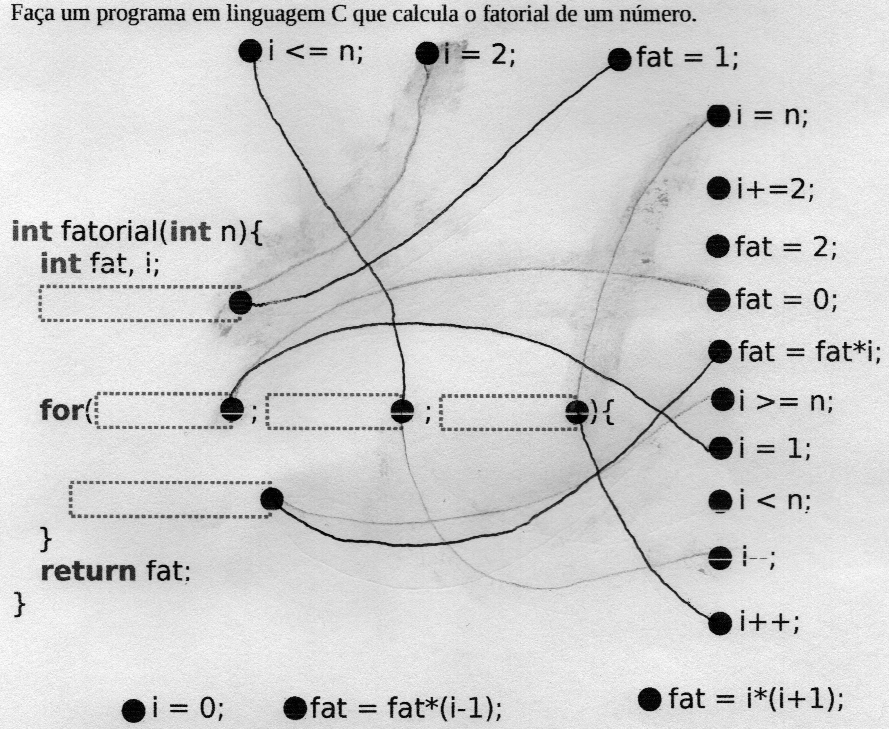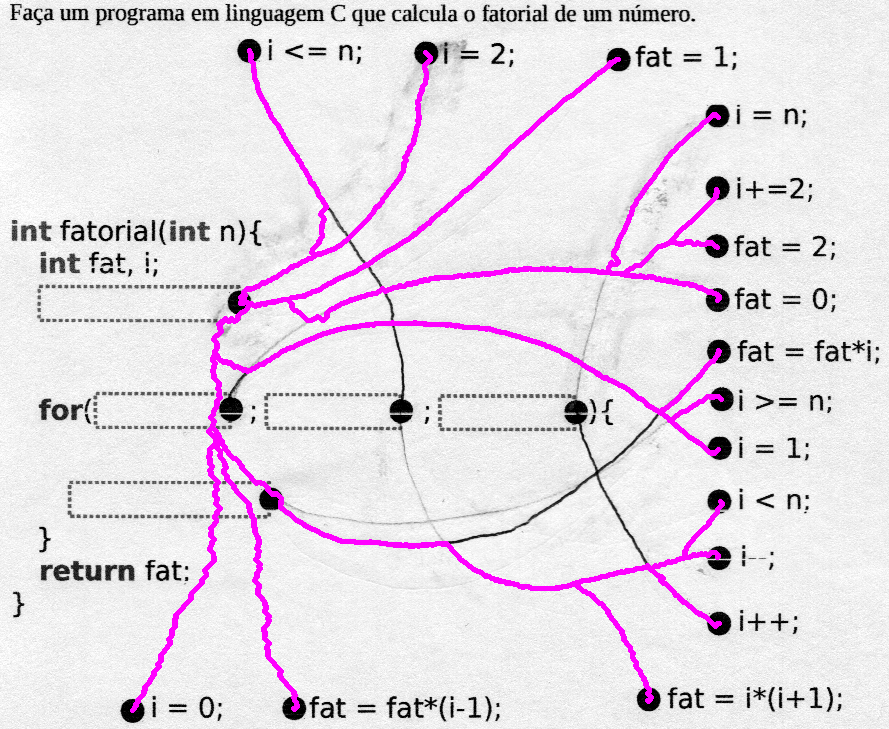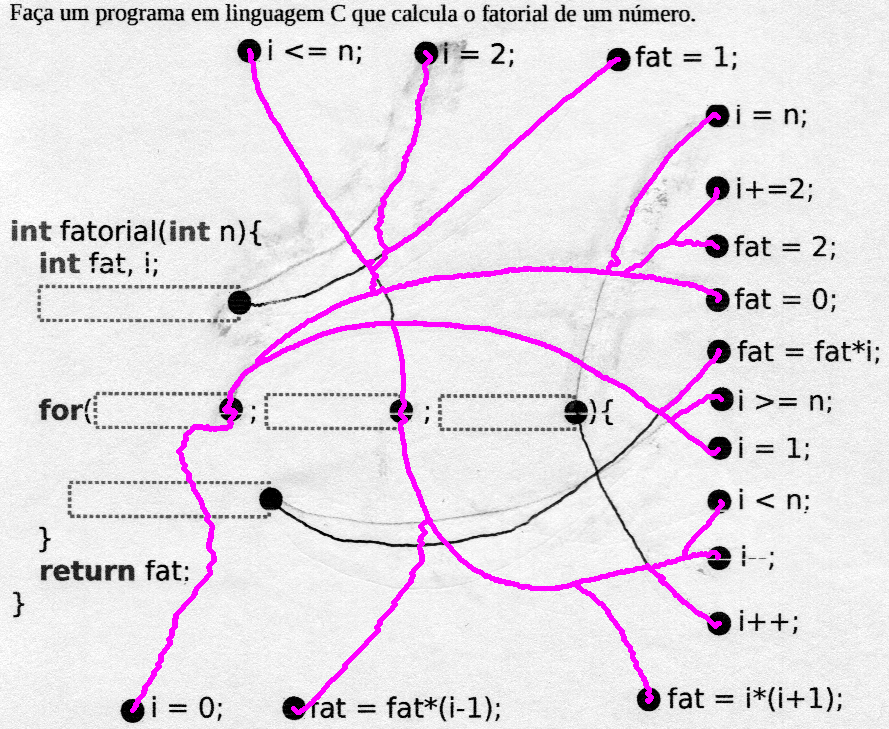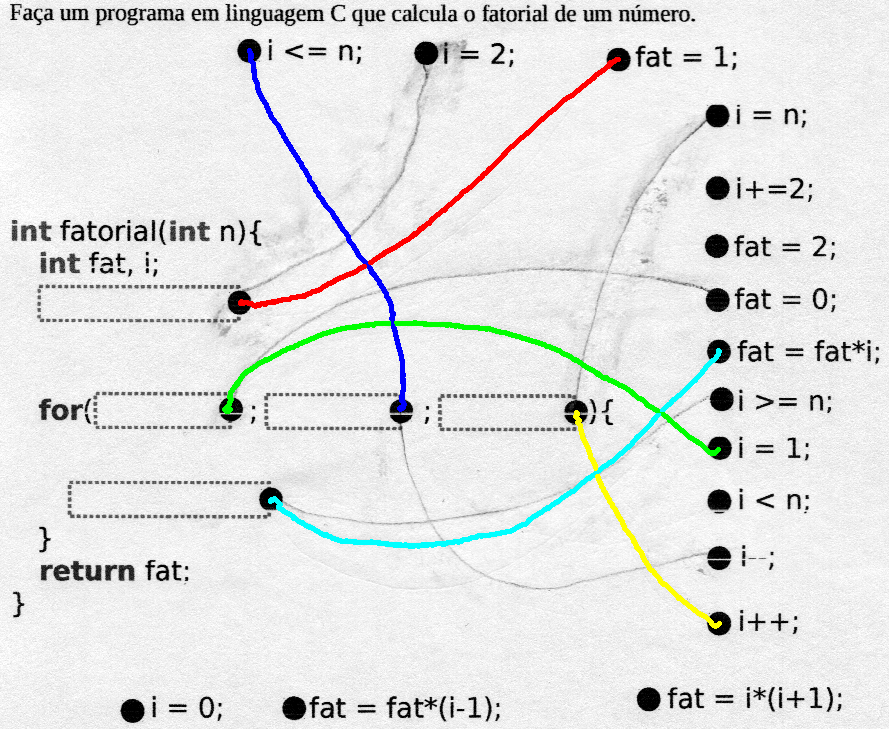Supplementary materials of the Paper
Bandeirantes: A Graph-based Approach for Curve Tracing and Boundary Tracking
In this page we provide the supplementary materials for the following scientific publication of the Bandeirantes method, which extends the previous method live wire on the fly for curve tracing and boundary tracking:
-
Marcos A.T. Condori, Lucy A.C. Mansilla, Paulo A.V. Miranda
Bandeirantes: A Graph-based Approach for Curve Tracing and Boundary Tracking ,
13th International Symposium on Mathematical Morphology. May 2017, Fontainebleau, France.
Abstract
This work presents a novel approach for curve tracing and user-steered boundary tracking in image segmentation, named Bandeirantes. The proposed approach was devised using Image Foresting Transform with unexplored and dynamic connectivity functions, which incorporate the internal energy of the paths, at any curvature scale, resulting in better segmentation of smooth-shaped objects and leading to a better curve tracing algorithm. We analyze its theoretical properties and discuss its relations with other popular methods, such as riverbed, live wire and G-wire. We compare the methods in a curve tracing task of an automatic grading system. The results show that the new method can significantly increase the system accuracy.
To evaluate our method we designed a new ground truth database of 70 public images, in a curve tracing task of an automatic grading system. The idea of this automatic grading system is to assess students' computer programming ability. They are asked to link the empty spaces in a given partial code to the correct options from a large list of commands by tracing smooth curves connecting their dots (Figure A). For each evaluated method, we first compute its paths from the dots in the empty spaces to all dots in the command list (Figures B-C), then the assignment problem is solved by the Hungarian algorithm, which finds their best matching pair (Figure D).

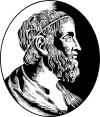 Institute of Mathematics and Statistics
Institute of Mathematics and Statistics
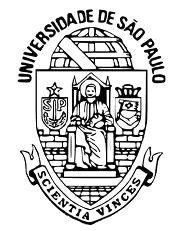 University Sao Paulo
University Sao Paulo
